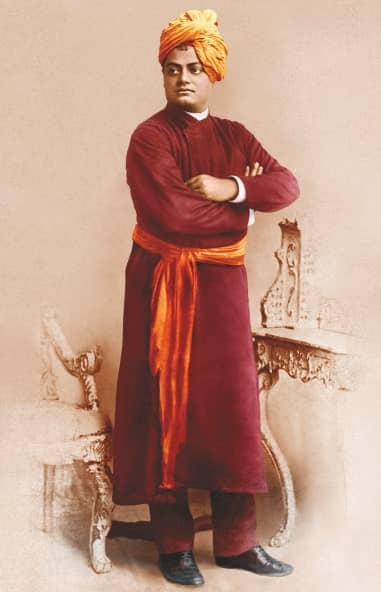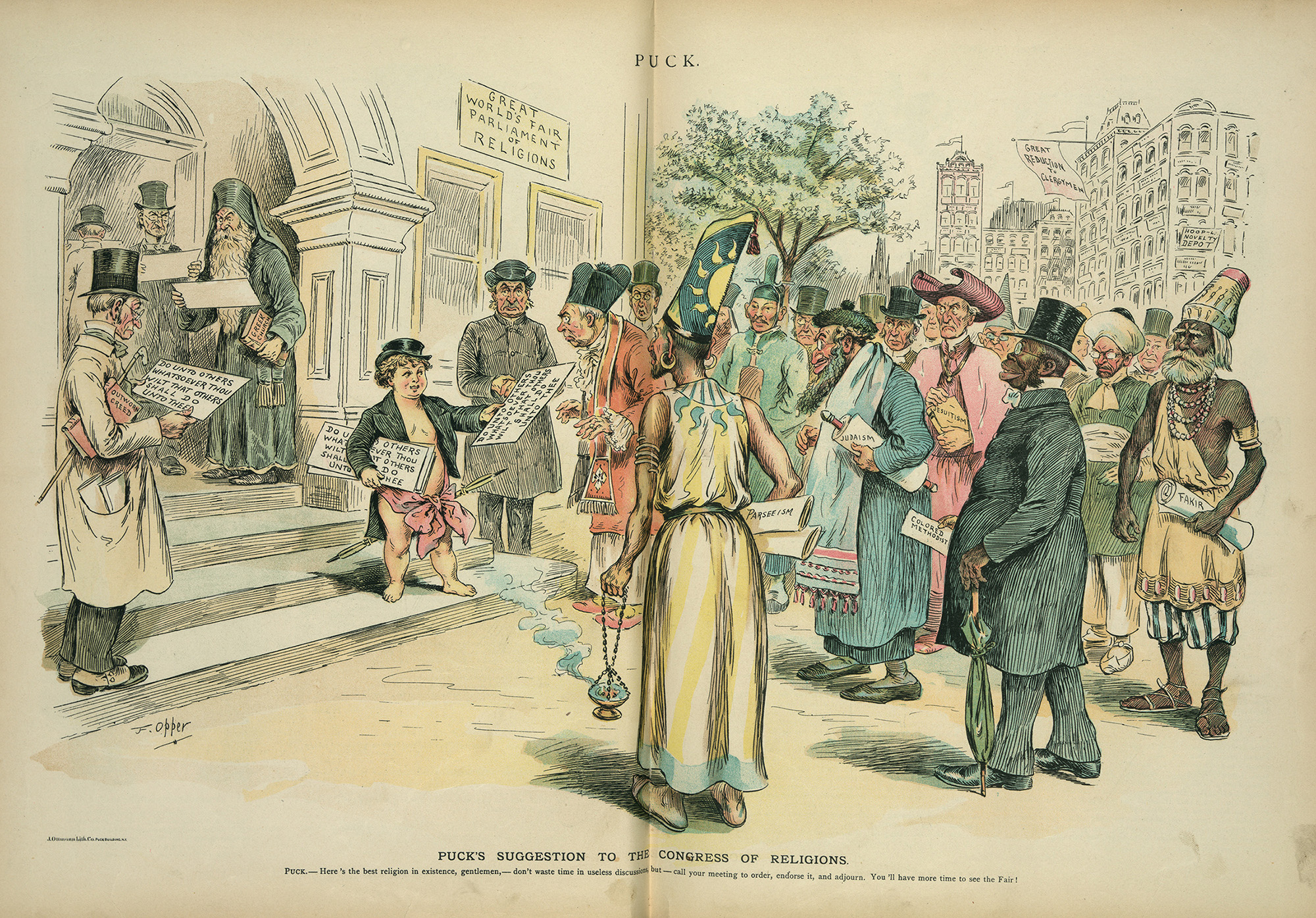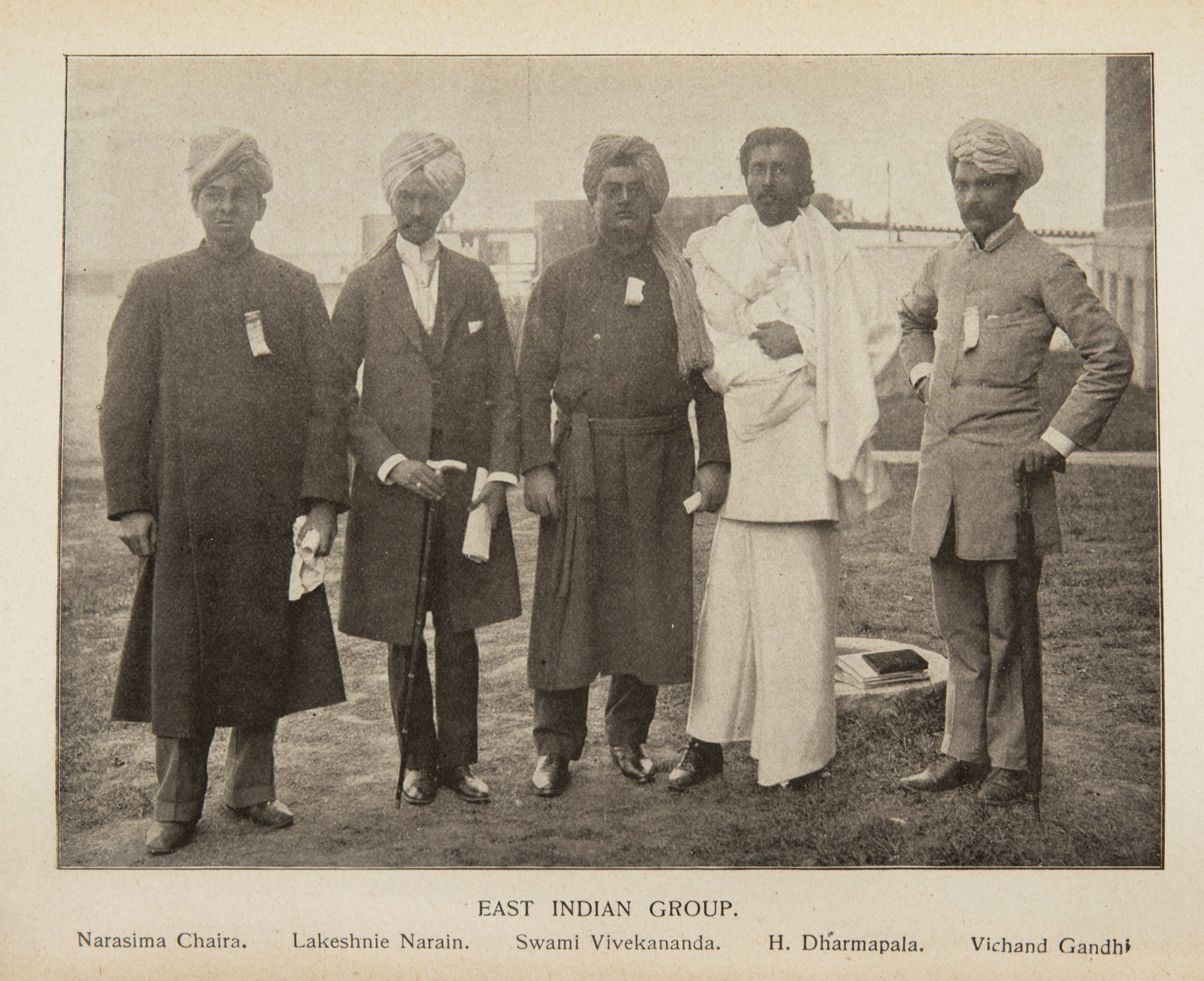The World’s Parliament of Religions, Chicago 1893
The World’s Parliament of Religions was considered by its organizers “the most noble expression of the World’s Columbian Exposition.” To some it was a celebration of religious unity, bringing together representatives from many of the world’s great religious traditions to speak with a single voice about the great religious questions of the age. To others it was an expression of religious diversity and a chance for new religious voices, especially Asian voices, to make their presence felt on an international stage. We now look back at the Parliament as the first acknowledgement of religious pluralism in America and the start of a new era in which Asian religious teachers made Asian traditions a vibrant part of American
culture.
Who were these teachers? What brought them to Chicago? What did they have to say? And how did their presence transform the understanding of religion in American life? In this exhibition, we will explore the key Asian representatives to the Parliament, learn about their traditions and motivations, and meet some of the people who keep their traditions alive in America today. We will meet Swami Vivekananda, the orange-robed representative of an ancient Hindu monastic order who electrified the Parliament with his greeting to “Brothers and Sisters in America.” We will meet the Japanese Zen Master Soen Shaku, who turned the interest of America toward Zen. We will meet the Sri Lankan Buddhist Anagarika Dharmapala, whose understanding of “modern” Buddhism changed the way Buddhism was understood not only in America but across the rest of Asia as well.
These are just a few of the personalities who brought the diversity of Asian religions to life on the Chicago stage over a period of seventeen days in 1893, an event that changed the face of religion in America.




